Make sure you have correctly configured your SSL/TLS/Cipher settings. CloudFront will drop HTTPS connections if your origin server is not handshaking with the propper TLS Ciphers.
I recommend the following settings:
# Apache
SSLCipherSuite 'ECDHE+AES:@STRENGTH:+AES256'
SSLCipherSuite 'ECDHE+AES:DHE+AES:@STRENGTH:+AES256:kRSA+3DES'
SSLProtocol all -SSLv3 -TLSv1 -TLSv1.1
SSLProtocol all -SSLv3
SSLHonorCipherOrder on
# Nginx
ssl_ciphers 'ECDHE+AES:@STRENGTH:+AES256';
ssl_ciphers 'ECDHE+AES:DHE+AES:@STRENGTH:+AES256:kRSA+3DES';
ssl_protocols all -SSLv3 -TLSv1 -TLSv1.1;
ssl_protocols all -SSLv3;
ssl_prefer_server_ciphers on;
The @STRENGTH directive will sort the ciphers in order of strength.
SSLHonorCipherOrder on (apache) and ssl_prefer_server_ciphers on (Nginx) will ensure that the order is respected.
You can view the complete list of available ciphers your version of openssl is supporting by running the command on the shell:
$ openssl ciphers -v 'ALL'
You can also list the available ciphers for the above suggested directives in strength order in a similar fashion:
$ openssl ciphers -v 'ECDHE+AES:@STRENGTH:+AES256'
If you are having such issues, I strongly suggest you increase the verbosity of your web server logs, in particular, pertaining to SSL.
In Apache, you must may do this with the following directive in your conf file
LogLevel debug
Here is a list of possible Apache LogLevel directives:
emerg (emergencies - system is unusable)
alert (action must be taken immediately)
crit (critical conditions)
error (error conditions)
warn (warning conditions)
notice (normal but significant condition)
info (informational)
debug (debug-level messages)
trace1 (trace messages)
trace2 (trace messages)
trace3 (trace messages)
trace4 (trace messages)
trace5 (trace messages)
trace6 (trace messages)
trace7 (trace messages, dumping large amounts of data)
trace8 (trace messages, dumping large amounts of data)
Generally speaking, debug will be sufficient for you to identify the negotiation issue (it might be a cipher issue, it might be a cert issue)
A typical reaction from CloudFront not being able to successfully negotiate SSL with your origin server would look something like this:
[ssl:info] [pid 25091] [client xxx.xxx.xxx.xxx:15078] AH01964: Connection to child 1 established (server example.com:443)
[ssl:debug] [pid 25091] ssl_engine_kernel.c(2372): [client xxx.xxx.xxx.xx:15078] AH02043: SSL virtual host for servername example.com found
[ssl:debug] [pid 25091] ssl_engine_io.c(1368): (104)Connection reset by peer: [client xxx.xxx.xxx.xxx:15078] AH02007: SSL handshake interrupted by system [Hint: Stop button pressed in browser?!]
[ssl:info] [pid 25091] [client xxx.xxx.xxx.xxx.15078] AH01998: Connection closed to child 1 with abortive shutdown (server example.com:443)
In this case, Apache interprets CloudFront's dropping of the connection by the "Hint: stop button pressed in browser?!". Yeah, kinda comical.
On a side note, CloudFront can be a tricky beast. If you force HTTPS or direct HTTP to HTTPS in your distribution, you must ensure that the communication between CloudFront and your origin server is running over a valid SSL connection with a valid SSL certificate. This may mean obtaining a certificate over Amazon ACM by linking it over an Elastic Load Balancer (ELB).
... or you may also achieve the desired results by having the ACM certificate linked to your distribution (make sure you have both the apex domain and subdomains listed, ex: example.com and *.example.com). This will propagate the ACM certificate to your origin/target in the distribution, however, your Apache/Nginx server in your origin server will have to have a valid and working SSL certificate, even if it is generated by something like Letsencrypt/Certbot (our some other valid non-self-signed certificate). Make sure you have the full chain configured in your apache *.conf setup.
You may read more about issues pertaining to 502 Bad Gateway or 502 Could Not Satisfy The Request from AWS as well as requiring HTTPS for communication between CloudFront and your custom origin (this may also help). This information about ciphers was extremely helpful, as well as the list of supported ciphers on AWS
Some of these commands may also be useful for debugging your SSL situation:
openssl s_client -connect test.example.com:443 -tls1_1
(you may experiment using -tls1_2 , -tls1_3 or other protocols)
You may also want to try out using the http command line tool (you might have to install it), which would give you an output like such:
$ http https://example.com --head
HTTP/1.1 301 Moved Permanently
Connection: keep-alive
Content-Length: 251
Content-Type: text/html; charset=iso-8859-1
Date: Mon, 20 Dec 2021 19:20:15 GMT
Location: https://example.com
Server: Apache
Strict-Transport-Security: max-age=63072000; includeSubdomains; preload
Via: 1.1 xxxxxxxxxxxxxxxxxxxxxxxxxxxxx.cloudfront.net (CloudFront)
X-Amz-Cf-Id: xxxxxxxxxxxxxxxxxxxxxxxxxxxxxxxx==
X-Amz-Cf-Pop: GIG51-C2
X-Cache: Miss from cloudfront
X-Content-Type-Options: nosniff
X-Frame-Options: SAMEORIGIN
Good luck debugging, and remember: keep digging deeper, don't give up, and increase the verbosity of your logs!




